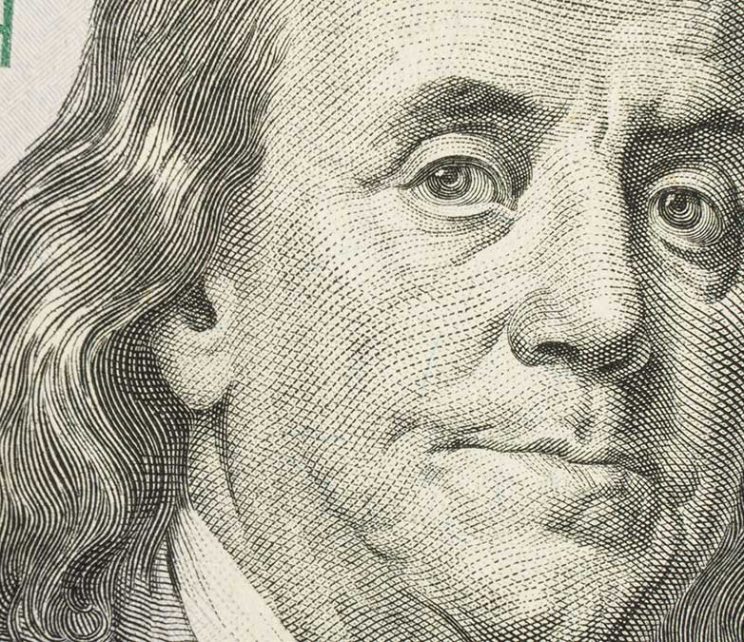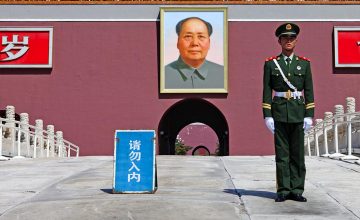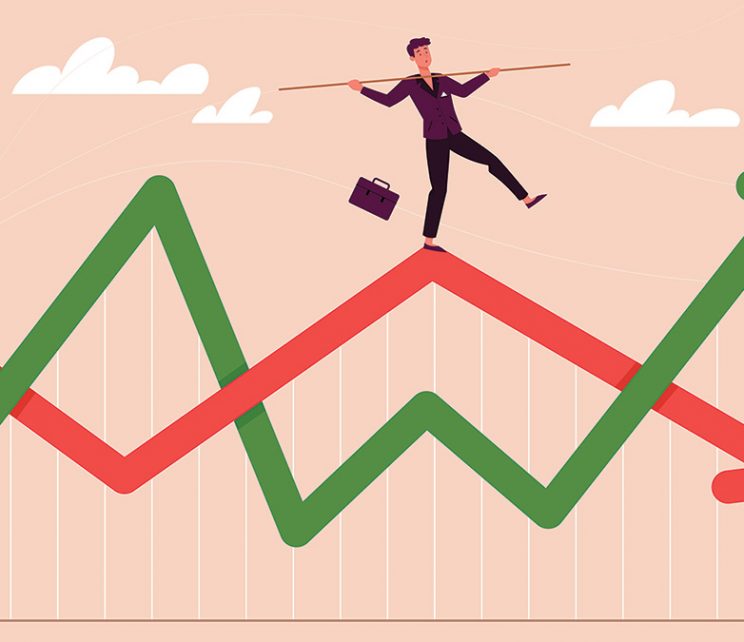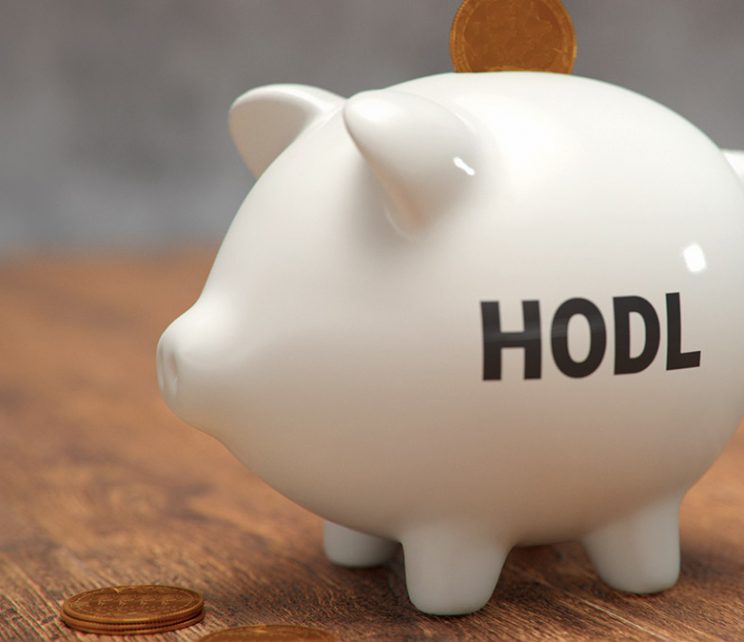
Mainstream Online Web Portal
LoginInvestors can view their accounts online via a secure web portal. After registering, you can access your account balances, periodical statements, tax statements, transaction histories and distribution statements / details.
Advisers will also have access to view their clients’ accounts online via the secure web portal.
The Point
Quick, actionable insights for investors
Global Equities

Multi-asset: Why it’s time to shift to liquid alternative investments
It’s time to start shifting from illiquid alternative investments to liquid alternatives, argues Alan Polley, a portfolio manager with our multi-asset team.
Illiquid alternative assets are dominated by property and infrastructure and are usually private, or unlisted.
“Illiquid assets have had a fantastic secular tailwind for the last two decades because interest rates have been falling and they’ve been chased by a wall of effectively free money bidding up prices,” Alan says.
But the good times for illiquid assets are over, thanks to an accelerated rate-tightening cycle, he says.
Shifting to liquid alternative investments will be a theme for this year, Alan believes.
“Look for those that offer true diversification benefits and other forms of returns besides traditional equities and bonds.
“Look for assets that have a secular tailwind, such as sustainable investment companies, and investments with inflation linkage.”

Strategic asset allocation: what matters in the long run
Quick view
Strategic asset allocation: what matters in the long run
Strategic asset allocation is about setting aside the day-to-day noise and thinking about the long term.
For example, three long-term issues that stand out to our multi-asset team are the build-out of renewable energy infrastructure, persistent higher inflation and geo-political risk.
Weighing up these themes and others has led the team to recently adjust their portfolios.
“We’re increasing our exposure to bonds,” says multi-asset PM Alan Polley. “They’re are offering attractive yields and have material diversification benefits. This will also help defend against a potentially more volatile, long-term outlook.
“We’re also moving some capital into sustainable investment companies. With the secular theme of higher inflation, you want more real assets.
“Net-zero carbon emissions commitments provide a tailwind for renewable energy assets and a hedge to energy inflation.”

Asset allocation: what our multi-asset team learned in its latest strategic review
Quick view
Asset allocation: what our multi-asset team learned in its latest strategic review
Despite a volatile 2022, the long-term outlook for investment markets is more positive than it has been since 2014, says Alan Polley, a portfolio manager with Pendal’s multi-asset team.
The team has just completed its annual strategic asset-allocation process, looking at long-term trends and expected returns across asset classes.
Key to the forecast is improved returns for bonds. US 10-year treasury yields have risen almost 3 percentage points in 12 months, offering attractive yields for the first time since the GFC.
Bonds can once again play a defensive role in a traditional balanced portfolio — often called a 70:30 portfolio for its split between equities and fixed income — as well provide a reasonable level income.
This is even more important for conservative portfolios, which tend to have a higher allocation to bonds.
“Over the last five years or so there’s been commentary declaring the death of the 70:30 portfolio.
“Not only was it never dead, but now it’s definitely back and in a much stronger position than it has been for quite some time.”

Alan Polley: Consider foreign currency exposure in international share portfolios
Quick view
Alan Polley: Consider foreign currency exposure in international share portfolios
Investors should consider hedging foreign currency exposure in international share portfolios as the Aussie hits 2½ year lows against the USD, argues Pendal’s Alan Polley.
Foreign exchange exposure can offer strong diversification benefits for investors with offshore assets.
The US dollar is starting to look expensive and the Aussie tends to find support at these levels, says Alan.
“In long-term investing you should focus more on the valuation metric – buy things when they are cheap.
“Arguably the Australian dollar versus the USD appears on the cheap side.”
There are a number of important considerations – which Alan covers in detail here.
“But we think a 20 per cent FX hedge ratio on your international equities portfolio balances these various considerations.”

The case for investing in Asia right now
Quick view
The case for investing in Asia right now
It looks like we’re approaching peak pessimism on China — which could mean it’s time to lift portfolio exposure to Asian shares, says Pendal’s Samir Mehta.
Most of Asia’s sharemarkets have fallen heavily over the past year on rising interest rates, higher inflation and escalating geopolitical concerns.
“Pessimism is now embedded in stock prices, and that’s why I’m turning a little bit more positive on Asia,” says Samir who manages Pendal’s Asian Share Fund.
China’s economic outlook has been a key cause of regional declines. But Samir says three signs indicate China’s economic prospects may be on the mend:
- Improving fortunes for bellwether companies in the recent profit season
- Hints President Xi Jinping might loosen up Covid restrictions after he is confirmed for another term in October
- A shift in government policy to stimulate the economy and ward off social problems
Samir also thinks investor concern over Taiwan might be overstated, at least in the short term.

Global equities: How to invest in a slowing China
Quick view
Global equities: How to invest in a slowing China
Want to understand the outlook for China?
Look to Japan’s 1990s stagnation experience, says Samir Mehta, who manages Pendal Asian Share Fund.
As the rest of the world wrestles with supply constraints, runaway inflation and rising rates, China instead faces lacklustre growth, rising unemployment and the prospect of deflation.
“What we are seeing at the moment in China is reminiscent of what happened in the Japanese economy when their bubble burst in the 1990s,” says Samir.
“For the next three decades Japan’s economy was mostly hobbled. The companies that stood out had high pricing power, an industry structure with few irrational competitors and very strong cash flows.
“In my portfolio in China, I am gravitating towards these kinds of businesses – export-oriented champions or domestic champions with pricing power and cash flow.”

Global equities: who will thrive as rates rise
The investment metrics that worked in a low interest rate world are no longer right for profitable investing today, argues Pendal’s Samir Mehta.
Total Addressable Market size; valuing stocks as a multiple of sales; earnings measures that hide stock-based compensation expenses — these are yesterday’s metrics, says Samir.
“In trying to address a very large market, what became secondary, almost inconsequential, was the question of whether it was a profitable venture.
“These companies were selling a $1 for 50c”, Samir says of popular but unprofitable big tech companies.
Now investors should turn to time-honoured measures such as margins (the ratio of earnings-to-sales), asset turn (sales-to-assets) and net profits (after all expenses).
“Let me put in an Australian context,” says Singapore-based Samir.
“It’s no longer Tim TAM for total addressable market. Now it’s Tim MAN for Margins, Asset turn and Net profit.”

Global Equities: the case for China stocks
Quick view
Global Equities: the case for China stocks
“If you don’t own China today, you are going to miss out,” says Pendal Asian Share Fund manager Samir Mehta.
China’s slowing growth is making global equities investors nervous. But Beijing has a track record of deploying rapid policy changes that could bolster the faltering economy, he says.
A policy-led resurgence in Chinese growth could spark a rally in Chinese stocks battered by regulatory crackdowns, a slumping property market and Covid lockdowns.
“When Xi Jinping came to power in 2013, he quickly changed the incentives in the system away from pure GDP growth to what he ultimately termed ‘common prosperity’ — reducing inequality, balancing growth and promoting fairness,” says Samir.
“If that meant you had to take down the education sector, the internet sector and the property market, you do it.
“The incentives changed and society began to re-orient itself.
“Policies can change on a dime in China — and my sense is we are on the cusp of them doing something to ramp up economic growth.”

Global Equities: How to judge a company’s competitive advantage
Quick view
Global Equities: How to judge a company’s competitive advantage
Investors need new ways of judging a company’s competitive advantage in light of geopolitics, sanctions, supply chain disruptions and deglobalisation, says Pendal’s Samir Mehta.
The “economic moat” popularised by Warren Buffet is not what it was, says Samir, who manages Pendal Asian Share Fund.
“New questions need to be asked. We might need to reassess what we pay for businesses once thought secure due to their moats.”
For example technologies that investors take for granted may have geopolitical connections that leave companies vulnerable. (Did you know the US government owns the GPS network?)
Re-engagement of government in economies is also a point to watch — not only in China, but also western governments deepening their involvement post-pandemic.
“In the past we looked for markers such as higher returns on capital from competitive advantages, but now I have to re-orient myself – are there companies that derive their moats from protectionism?
“Which companies will benefit because a government wants them to benefit?”

Managing volatile times: three tips for investors
Quick view
Managing volatile times: three tips for investors
Inflation, energy prices, interest rates and now Russia’s invasion of Ukraine: at times it feels like there is nowhere for investors to hide.
Yet coping with volatility and uncertainty is “situation normal” for experienced investors, says Pendal’s Samir Mehta.
Investors can turn to three timeworn strategies when seeking to cope with market uncertainty says Samir.
First, check your portfolio is appropriately diversified. Even in times of market dislocation, different assts perform differently.
Second, bunker down and wait out the volatility.
Finally, look for opportunities to change the portfolio as the price of companies becomes divorced from their fundamentals.
“I try to identify companies that will come through this in a much better state than they are today.”

Market volatility: why VEPL is the new HODL
Quick view
Market volatility: why VEPL is the new HODL
“HODL!” has been the call to arms for a new generation of investors in recent years — an accidental misspelling of “hold” that became a meme and a rallying cry for how crypto investors should behave when faced with market turbulence.
But as a sharp downturn in world markets so far in 2022 shakes confidence, perhaps investors need to adopt a different meme, says Samir Mehta, who manages Pendal’s Asian Share Fund.
“The meme we should be guided by is VEPL: Valuations, Earnings Progression and Liquidity,” he says.
Samir says he is becoming more optimistic on China. Shares in southeast Asia also remain cheap and out of favour.

Global equities: The hidden opportunity in Europe’s changing market
Quick view
Global equities: The hidden opportunity in Europe’s changing market
Still think of Europe as slow-growth and cyclical, dominated by banks and industrials?
Loading posts...
Loading posts...














